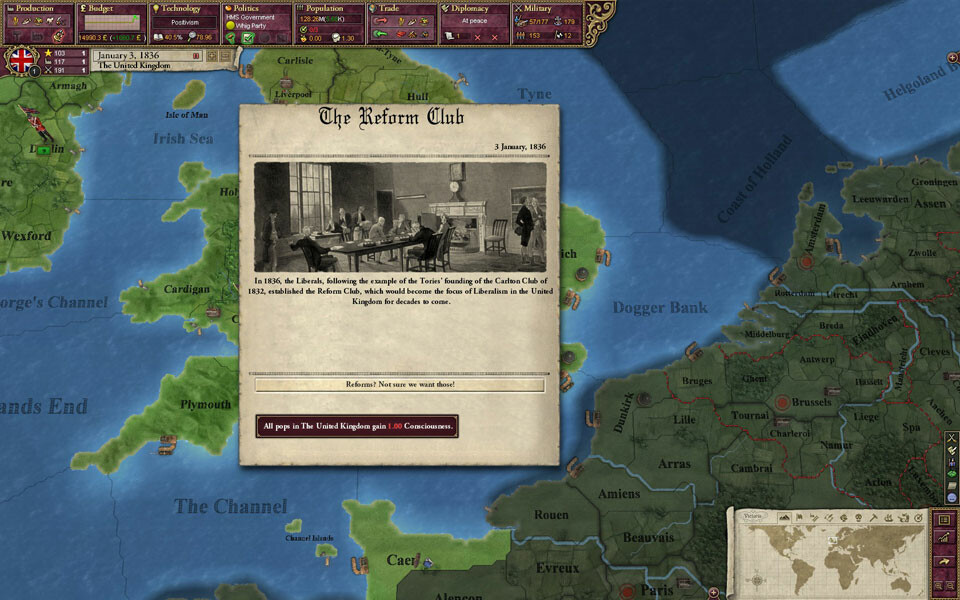

For plains, the end-game combat width is 10, allowing a total of 20 regiments to engage in combat. In this sense, a strong unit of 3 regiments of infantry and 3 regiments of artillery (18,000 total soldiers or an "18" stack size) provides for excellent mountain defensive units. a maximum of 9,000 soldiers), can fight on the front line of the battle with 3 units (preferably artillery) in the rear. In the end game, in Mountains for example, only 3 regiments (e.g. Frontage: The number of units that can engage in combat are limited, which varies over time as technology is researched.It can therefore be advantageous to send an enormous force into battle, so long as they quickly move into a safe supply limit territory when the battle is over. Note, however, that armies do not suffer attrition during combat. Therefore, armies should be built to a size using the Supply map mode to ensure any region they occupy will not be below their supply limit. Supply Limit: An army that exceeds the supply limit of terrain it occupies can suffer significant losses due to attrition.Size: The size of an army obviously depends on soldiers POPs, but a wise player will build armies that consider three other key factors: Since calvary can attack diagonally, they are most useful in pairs for any army: one regiment for each flank.

Some players suggest adding slightly more infantry than artillery with the idea that infantry will die off and artillery in the front lines will be decimated. Thus, infantry in the second line serve no purpose in combat until they get into the first line.

This is necessary because artillery (and later airplanes) are the only units that can occupy the second line of frontage and still engage in combat. Specifically, armies should have an even mix of infantry and artillery. Unit Composition: As a general rule, a mixed army will produce the most successful results.


 0 kommentar(er)
0 kommentar(er)
